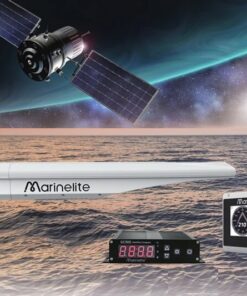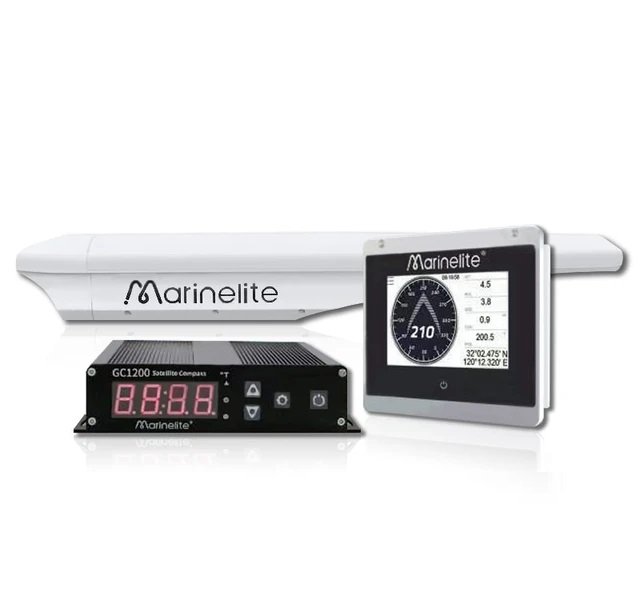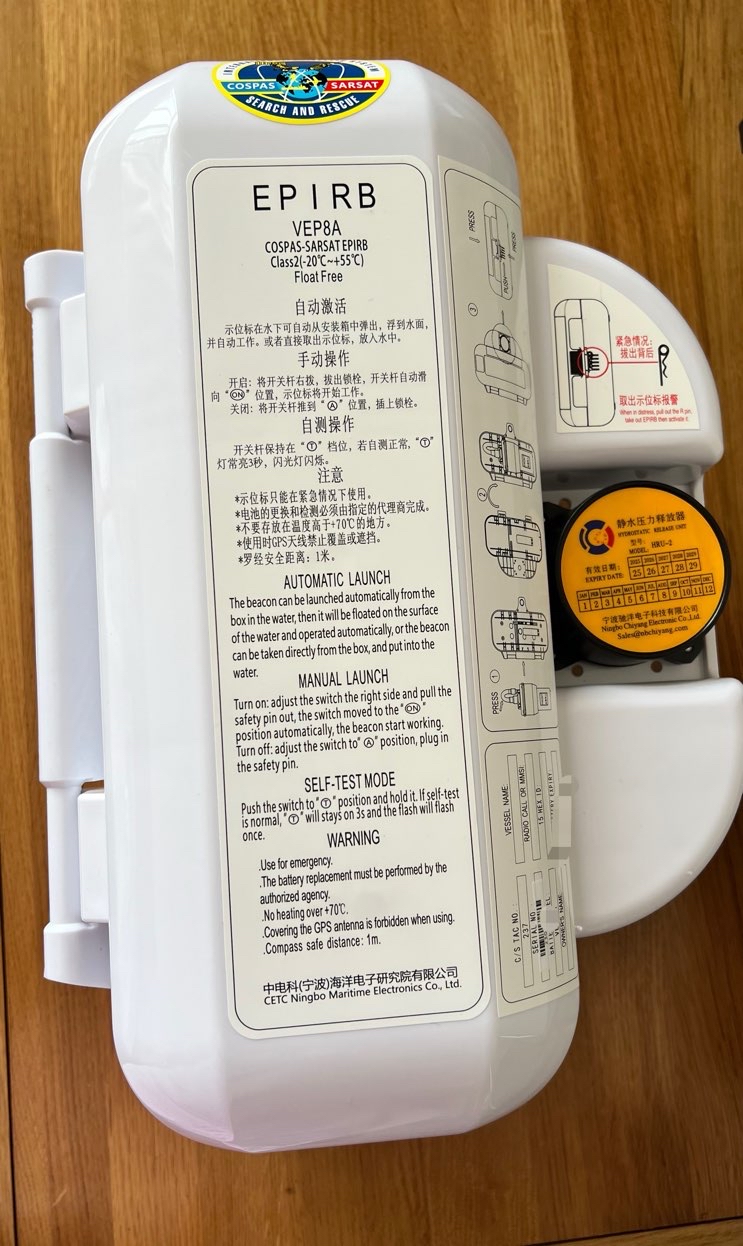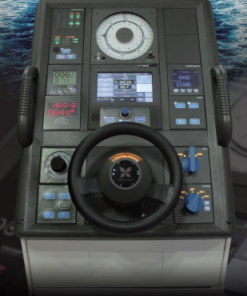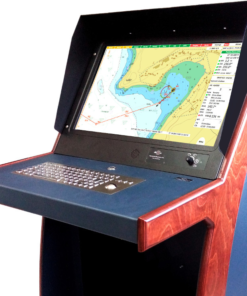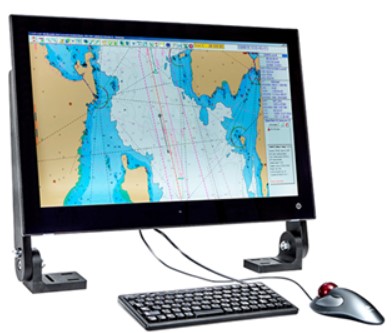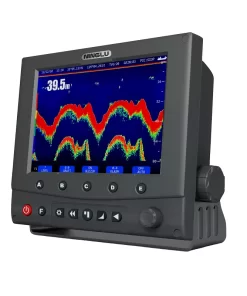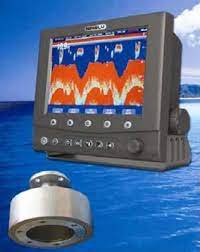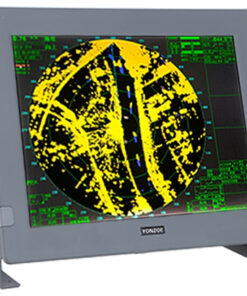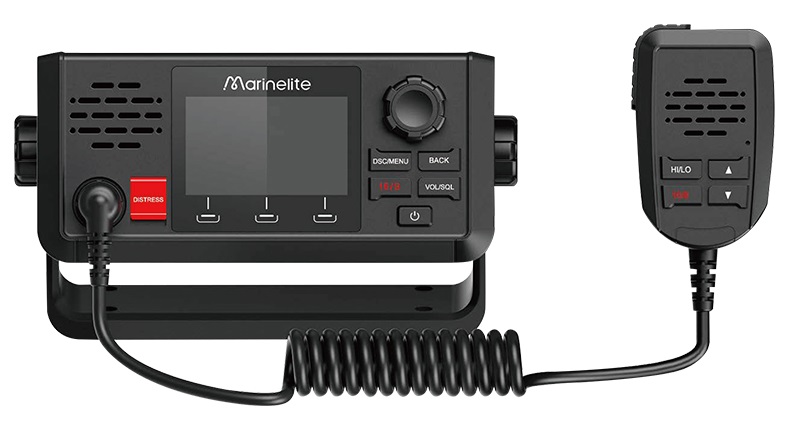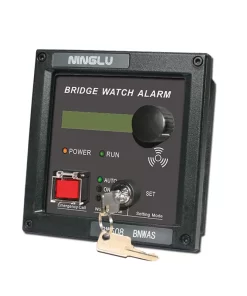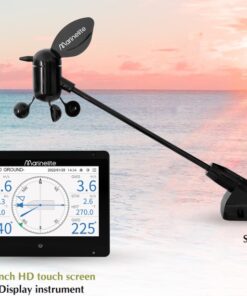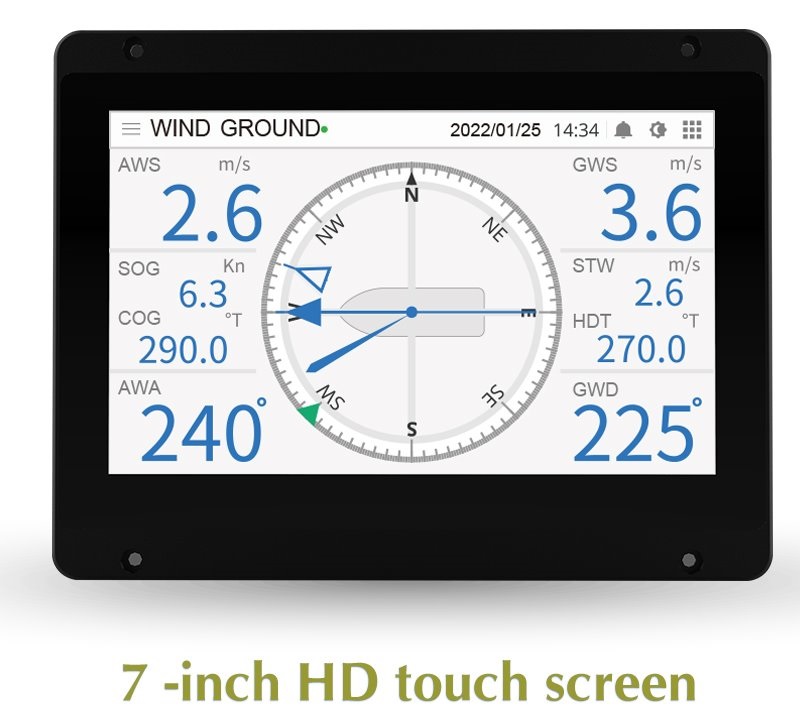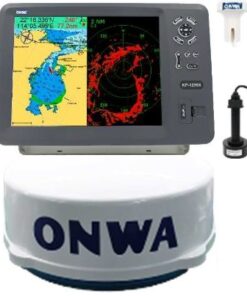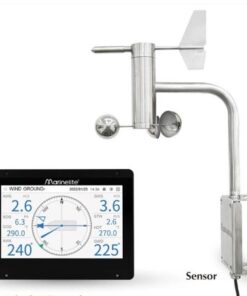| What are radar reflectors? |
Radar reflectors are devices designed to enhance the radar cross-section of a vessel or object, making it more visible to radar systems and improving detection by other vessels and radar-equipped aircraft. |
| How do radar reflectors work? |
Radar reflectors are constructed with materials that reflect radar waves back to the transmitting radar antenna, increasing the target’s echo and making it appear larger and more detectable on the radar display. |
| What are the primary functions of radar reflectors? |
The primary function of radar reflectors is to improve the visibility and detection of vessels or objects by radar systems, especially in adverse weather conditions, low light, or situations where visual contact is limited. |
| Why are radar reflectors important? |
Radar reflectors are important for maritime safety as they help prevent collisions by enhancing the visibility of vessels or objects to radar-equipped ships, aircraft, and coastal surveillance systems, reducing the risk of accidents in busy waterways or areas with poor visibility. |
| What types of vessels or objects use radar reflectors? |
Radar reflectors are used on various types of vessels, including recreational boats, commercial ships, fishing vessels, offshore platforms, buoys, and floating navigational aids. |
| Are there regulations governing the use of radar reflectors? |
Yes, maritime authorities and regulatory bodies may have regulations or guidelines specifying the type, size, placement, and performance requirements for radar reflectors on vessels and maritime structures to ensure their effectiveness and compliance with safety standards. |
| How should radar reflectors be installed? |
Radar reflectors should be installed in a location on the vessel or structure where they have an unobstructed line of sight to radar antennas, typically at or near the highest point to maximize their visibility and effectiveness. |
| What are the different types of radar reflectors? |
Common types of radar reflectors include passive reflectors made of metal or specialized materials, active reflectors with electronic components to enhance reflection, and corner reflectors designed to maximize radar returns from multiple angles. |
| How should radar reflectors be maintained? |
Radar reflectors should be regularly inspected for damage, corrosion, or deterioration and cleaned as needed to ensure optimal performance. Damaged or degraded reflectors should be repaired or replaced promptly to maintain visibility and safety. |
| Where can one purchase radar reflectors? |
Radar reflectors can be purchased from marine equipment suppliers, chandleries, specialized manufacturers, and online retailers offering a variety of models and sizes suitable for different vessels and applications. |



